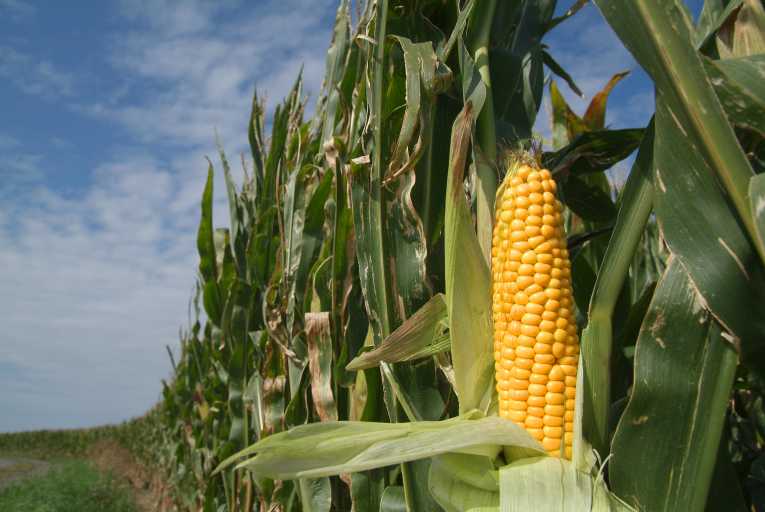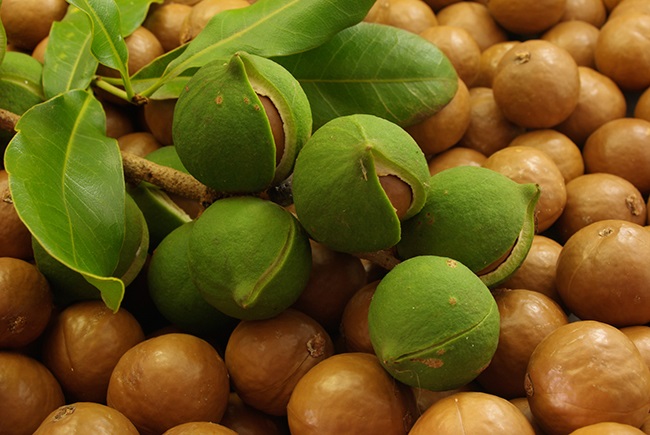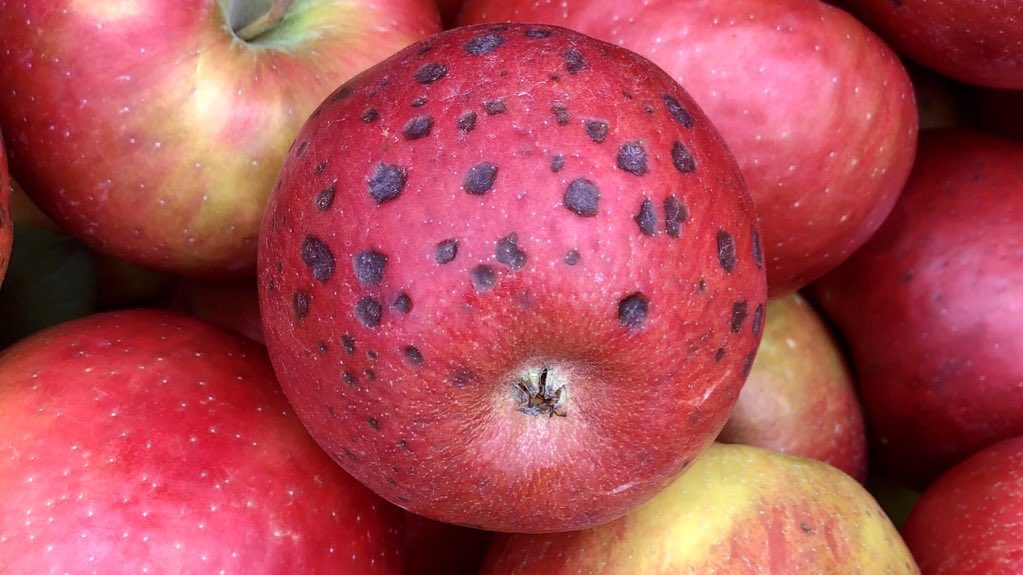Maize is a versatile crop, growing across a range of agro-ecological zones. With its large number of varieties differing in period to maturity, maize has a wide range of tolerance to temperature conditions. It is essentially a crop of warm regions where moisture is adequate.
The crop requires an average daily temperature of at least 20℃ for adequate growth and development. Optimum temperature for good yields is around 30℃. The time of flowering is influenced by photoperiod and temperature. Maize is considered to be a quantitative short-day plant (short days can induce premature flowering). It is grown mainly from 50°N to 40°S and from sea level up to about 3000m altitude at the equator. At higher latitudes, up to 58°N, it can be grown for silage.
Maize is especially sensitive to moisture stress around the time of tasselling and cob formation. It also needs optimum moisture conditions at the time of planting. In the tropics it does best with 600 – 900mm of rain during the growing season. Maize can be grown on many soil types, but performs best on well-drained, well-aerated, deep soils containing adequate organic matter and well supplied with available nutrients.
The high yield of maize is a heavy drain on soil nutrients. Maize is often used as a pioneer crop, because of the high physical and chemical demands it makes to the soil. Maize can be grown on soils with a pH from 5 – 8, but 5.5 – 7 is optimal. It belongs to the group of crops that is considered to be sensitive to salinity. Since a young crop leaves much of the ground uncovered, soil erosion and water losses can be severe and attention should be paid to adequate soil and water conservation measures.





